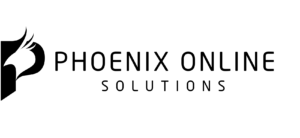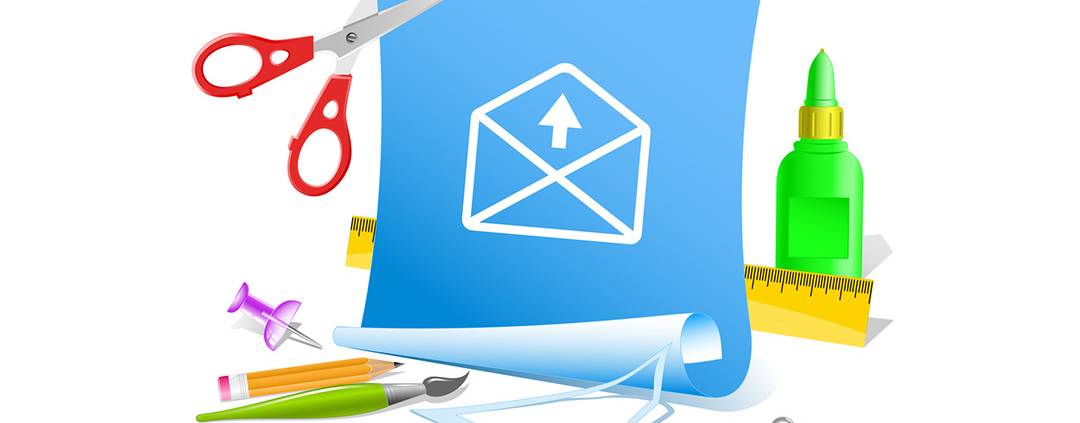How to Create Engaging Newsletters: Today’s Email Stars Share Their Secrets
The Creative Cloud Team (blogs.adobe.com) prepared for you a special post where you will find a lot of supportive tips to create the engaging newsletter. No matter who you are, Creative Cloud gives you the world’s best creative apps so you can make just about anything you want, wherever inspiration takes you. Feature image courtesy of vladis_studio via Bigstockphoto.
Once upon a time, newsletters were eight-page affairs, printed on 8.5 x 11 size paper, that arrived in your (snail) mail once a month, stacked between the electric bill and the office supply store flyer. Today, digital newsletters that arrive in email inboxes are key components of business communications strategies that initiate and foster dialogue between people, or organizations and their audiences.
“Every few months, someone declares email dead. But for me and many others, it’s still the best way to connect with a community,” says Paul Jarvis, a former web designer who publishes The Sunday Dispatches, a weekly e-newsletter about creativity, productivity, and freelancing. “With email, there’s more engagement than on social media, and for a lot of folks it drives the bulk of revenue,” he says. For Jarvis, it has led to more than 30,000 subscribers, and articles in Fast Company and Newsweek.
The most effective newsletters are read, shared, tweeted about, and shared some more. Some sell products like consulting, courses, podcasts, and even T-shirts, but what they communicate best is their founders’ voices, and the value of their ideas. To keep readers engaged, newsletters need a winning combination of content and design. Adobe Creative Cloud for Teams provides the tools you need to create your next digital newsletter. As you work, keep these best practices in mind:
Image Courtesy of The Sunday Dispatches.
Define and find your audience.
Savvy marketers like the phrase, “the riches are in the niches.” There’s no lack of advice in books and articles about how to define your audience, but it all boils down to this — you can’t be all things to all people, but you can mean a lot to those who are truly interested in what you have to say.
Whether the people in your niche need help understanding a medical condition, want their employees to be more productive, or would welcome tips related to a service your organization provides, if you deliver information in a helpful, accessible way, readers will pay attention.
“Email is the best way to build an audience and share your ideas,” says Jimmy Daly, founder of Swipe File, a weekly journal about getting the most from work. “I write this newsletter for selfish reasons,” he says. “It’s a collection of my thoughts, and of articles, videos, and tweets I collect, but it’s a formula that works.”
Daly’s subscribers connect and communicate with him not only because he presents what he collects in an engaging, easy-to-read format, but because they’re interested in his field of expertise. “I get emails from people telling me how much they enjoyed a link or tool I shared, or even just that they like the little boost of inspiration it delivers,” he says.
The kind of focus it takes to bring in thousands of subscribers can be intense. Daly admits that at one point he was down to 900 subscribers, and he almost quit. But he kept at it. Two months later, The Swipe File was featured in a major publication, and 6,000 people signed up. “I’m so glad I didn’t quit,” he says.
Image Courtesy of Swipe File.
A simple but unique design builds readership.
Every newsletter maven agrees, it’s best not to use fancy HTML. They rely on super legible text, and clear images. But each individual has a unique style.
“Our design was inspired by print newspapers,” says John Havel, co-founder of The Hustle, a financial, tech, and culture newsletter that arrives in 400,000 inboxes every morning. “The information is presented in easy-to-read, black-and-white text with accent pictures in the main stories. Even if you don’t read the newspapers every day, we give you enough information to make you feel smart.”
Image Courtesy of The Hustle.
“Simple is always best,” Jarvis agrees. “As a designer, my newsletter has to be 100 percent on point in terms of brand — color, fonts, and feel. People tell me it’s great because it’s so readable. The design puts the writing front and center, in a large typeface,” he says.
Jarvis adds that, as in any design project, testing is a necessary part of creation. “If you aren’t sure of a font choice or format, test first. Don’t guess. Your subscribers will let you know what works. We spent years testing variations of the style, and the winner is always what’s easiest to read or click on.”
As you perfect your newsletter’s signature look, don’t forget the power of a personal touch. Your design should match the tone of your message. Sometimes, that means basic is better. “I want the newsletter to look like a personal letter from me,” Daly says. “So I keep my design simple. I’d lose that intimate feeling with a fancier design.”
“If you’re tempted to focus on flashy fonts or image-heavy stuff, don’t, because that’s not what people are there for,” says Owen Williams, the mastermind behind Charged, a weekly newsletter and podcast that brings technology news from thousands of sources to over 30,000 readers. “Some of my most successful messages have been plain-text email blasts that look like they’re straight from me — because they actually are, and they feel much more personal,” he says.
Image Courtesy of Charged.
Write right.
The last thing readers want to do is waste time. Smart newsletters deliver content in short, easy-to-digest chunks. Also, estimated reading times are given for the stories, such as, “two-minute read,” or, “five-minute read.” There is a lot of competition for those minutes, so it’s essential to use them wisely, writing in a tone and manner that doesn’t tax short attention spans.
“What people love about our email is not what we talk about, it’s how we talk about it — our conversational tone,” Havel says. “The biggest differentiators between your newsletter and someone else’s are your opinions and taste. If something is awesome, get excited about it. If something sucks, call it out. Don’t be afraid to play up your quirks. Make it sound like a conversation between friends. The Hustle is the kind of stuff cofounder CEO Sam Parr and I loved to talk about with our friends. We figured other people might want to talk about it too.”
Effective newsletters like The Hustle are written in short paragraphs, snappy sentences, and commonly-used words — no dictionary needed.
Make shareability easy.
You don’t have to find every person on your mailing list individually. The big email stars encourage their readers to help them do it.
Besides the obvious, like making sharing buttons clearly accessible, the real trick is creating content people like and need. If readers appreciate what you’re providing, they will share it.
“We’re always playing with our voice, content choices, and acquisition strategy, Havel says. “We want people to share our emails, and talk about them with their friends. That means finding the right balance of deep dives and light water cooler talk. We play with subtle hints versus in-your-face ‘share me now’ buttons.”
Get the tools you need.
When you have the the inspiration, content, and drive to publish your own digital newsletter, it’s time to get the tools you need to help create it beautifully and efficiently. You’ll find them, plus lots of instructional videos and tutorials, in Adobe Creative Cloud for Teams. You’ll be able to download professionally designed templates, customize them, and publish online with one click. And CC Libraries keep your brand assets — images, color swatches, paragraph and character styles — consistent and easily accessible for seamless creative workflow.
With the right tools, the right content, and the right attitude, you can create a digital newsletter readers will look forward to getting in their inboxes.






